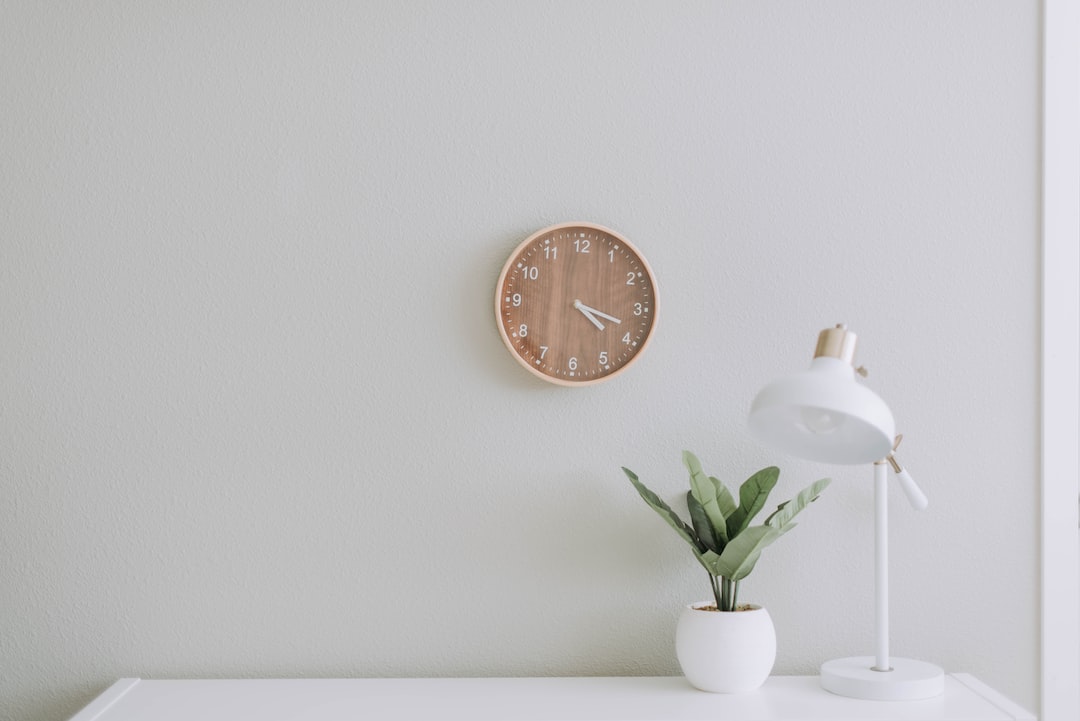Designing a layout is a crucial phase of every design project. Whether it is a web design or a print design project, it is important to have a structure and a system to guide the design process. One of the most popular and widely used systems is the grid system. In this article, we will discuss the grid system in design, its benefits, and how to use it effectively.
What is the grid system?
In simple terms, a grid system is a structure of vertical and horizontal lines that create a framework for the design. It helps designers to organize and align content, images, and other design elements on a page or screen. The grid system is based on the idea of creating a consistent visual rhythm throughout the design.
Benefits of using a grid system
1. Consistency: The grid system helps create a consistent look and feel throughout the design. By aligning elements and maintaining equal spacing, the design looks more polished and sophisticated.
2. Efficiency: The grid system helps to streamline the design process by providing a structure to work with. It allows designers to work faster and more efficiently, saving time in the long run.
3. Flexibility: The grid system is flexible and adaptable, allowing designers to adjust the layout as needed. Whether it is a responsive design or a printed document, the grid system can be adjusted to fit any medium.
4. Cohesion: The grid system helps to create a cohesive design by ensuring that all elements are aligned and proportional. This creates a sense of harmony and balance that is pleasing to the eye.
How to use a grid system effectively
1. Define the columns and gutters: Start by defining the number of columns and the width of the gutters between each column. This will provide the foundation for the design.
2. Use a baseline grid: A baseline grid is a horizontal grid that helps to align text and other elements on the page. The baseline grid should be evenly spaced and match the line-height of the text.
3. Use the grid as a guide: The grid system should be used as a guide, not a strict set of rules. It should help to inform the design decisions, but should not limit creativity.
4. Maintain consistency: The grid system should be consistent throughout the design. This means that the spacing, alignment, and proportions should be maintained across all pages or screens.
In conclusion, understanding the grid system in design is essential for creating a successful and visually appealing layout. It provides a structure and a guide for designers, allowing them to create a consistent and cohesive design. By following these guidelines and using the grid system effectively, designers can save time, work more efficiently, and create designs that are both functional and aesthetically pleasing.

